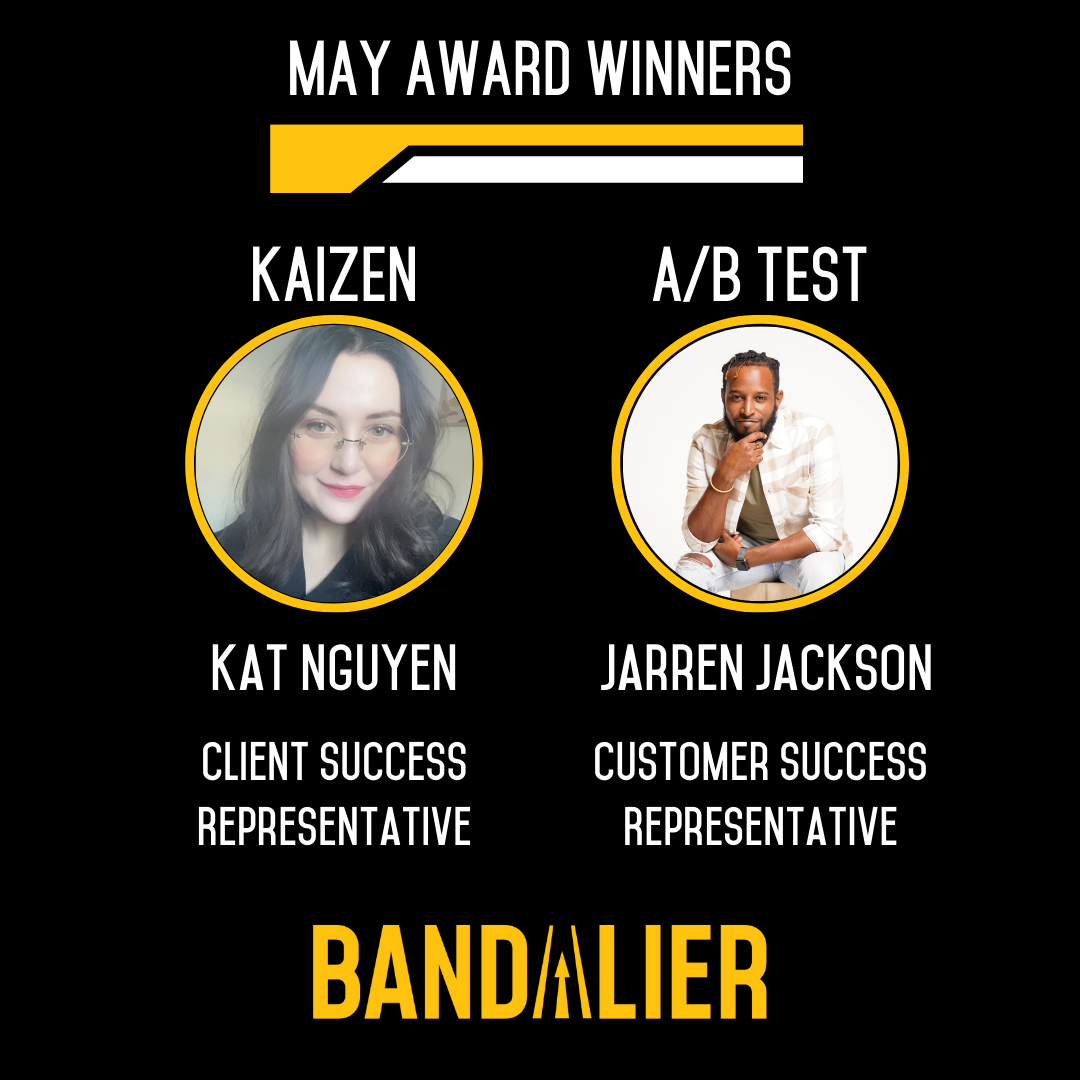Sales training programs are an essential part of a great onboarding experience for new sales team members. What’s in a standard sales training program? What makes a great sales training program?
For fast-growing inside sales teams, prioritizing training can be challenging. Some sales leaders opt to hire experienced sales reps in hopes that this will reduce the need for training. While those senior reps may ramp up faster than fresh talent, they’ll still need an introduction to their new team’s sales process. In this blog, we’ll outline the essential steps of a sales training program – plus the extra steps that will make it stand out for your team members.
Essential Sections of a Sales Training Program
If new team members need to ramp up fast, they’ll need to practice key sales skills during their training period. The amount of time spent on each topic may vary depending on the organization’s priorities.
Top Priority: Product Knowledge, Positioning, and Presentation
Even the most experienced salespeople will struggle if they don’t understand what they’re selling. During their training period, make sure they have plenty of time to learn your offerings. Along the way, they’ll get to know what makes it stand out from the crowd.
Once they understand the product, dive into the way you position it conversationally. Will your prospects replace an existing system with your product? Will they add it to their existing workflows? How should your team describe the use of the product? Make sure all of this is clear to the rep before they start their outreach.
Key for Smooth Operations: Technology and Operational Expectations
General experience with a CRM or sales enablement platform is useful, but every organization’s implementation is somewhat unique. Before your new team members start their outreach, make sure they take time to understand your systems. Once they’ve seen it used, run practice sessions and ensure that they understand how they’re expected to use the systems. This way, they’ll be more efficient as they launch their outreach – and they’ll keep your data clean.
During these training sessions, make sure to review operational expectations with your new team members. Will they be doing their own prospecting? If not, who should they reach out to for updated contact information? What metrics should they monitor, and when can they expect to report on those metrics?
Sales Training Programs Shine with Collaborative Training
Sales training programs that encourage collaborative learning give new team members an advantage when they hit the phones. When team members go through Bandalier University, they have plenty of time for independent study. Once they understand new concepts, they start practicing their skills by working with other team members. Training with other new team members gives each person the opportunity to recognize misunderstandings, reinforce what they’ve learned, and refine their new skills.
For remote sales training programs, creating space for collaboration is even more important. Incidental learning is less likely to occur when team members work remotely and independently. Leadership teams must encourage collaboration and peer coaching to help new team members grow. Roleplays, debates, and other low-stakes training activities will help your new team members learn key skills. As a bonus, they’ll get to know each other along the way.
To learn more about how Bandalier helps our new team members launch onto growing inside sales teams, contact us today.














